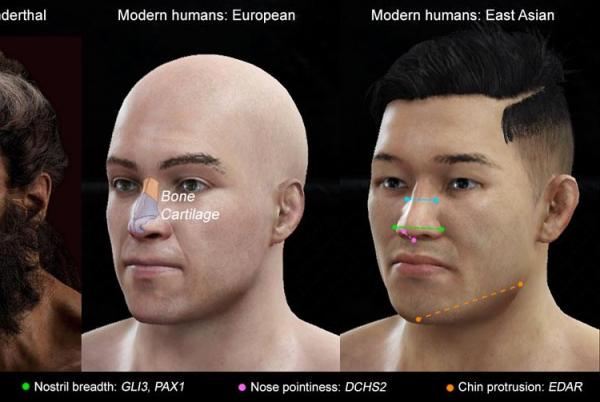
LONDON, May 21 (UPI) — Researchers have identified four genes with the primary purpose of dictating the width and shape — or “pointiness” — of the human nose. The researchers say the genes explain differences in size and shape of noses among different human populations.
Scientists at University College London analyzed the genomes of 6,000 Latin Americans with varying ancestry. By comparing genome and face shape, researchers were able to isolate four genes responsible for nose size and shape — DCHS2, RUNX2, GLI3 and PAX1. They also identified another gene, EDAR, responsible for chin protrusion.
Adhikari is the lead author of a new paper on the discovery, published this week in the journal Nature Communications.
The findings will aid efforts to understand why and how facial features evolved. Scientists believe nose shape is influenced by the environment in which our early human ancestors evolved.
“For example, the comparatively narrower nose of Europeans has been proposed to represent an adaptation to a cold, dry climate,” explained lead researcher Andrés Ruiz-Linares, a professor of biosciences at UCL.
“Identifying genes affecting nose shape provides us with new tools to examine this question, as well as the evolution of the face in other species. It may also help us understand what goes wrong in genetic disorders involving facial abnormalities.”
In their analysis of genes as they relate to face shape, researchers determined that GLI3 plays the largest role in determining the breadth of the nostrils, while DCHS2 influences pointiness — or sharpness. RUNX2 mostly affects nose bridge width.
“Finding out the role each gene plays helps us to piece together the evolutionary path from Neanderthal to modern humans,” Adhikari said. “It brings us closer to understanding how genes influence the way we look, which is important for forensics applications.”





